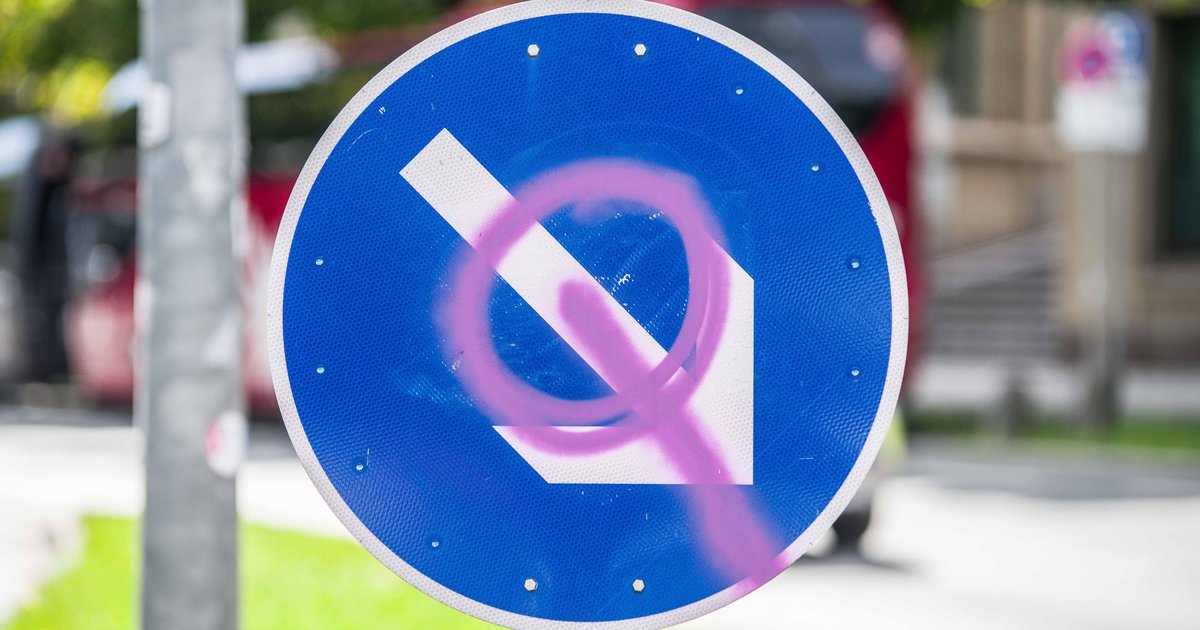How COVID-19 has changed the violent extremist landscape

In Australia, for example, the notorious former chef and dietary wellness influencer, Pete Evans, posted the neo-Nazi sonnenrad or ‘black sun’ swastika – an ancient symbol appropriated by the Nazis to signal the rebirth of Aryanism – to his Instagram account. Other wellness influencers have energetically sought to monetise the surge of interest in anti-authority conspiracies by promoting product-based resistance to public health measures.
The weaponisation of COVID-19
In many ways, the promotion of conspiracies and disinformation can itself be understood as a form of attack. Dis- and misinformation campaigns are designed to attack and undermine democratic systems and institutions, enhance social and political polarisation, destablise truth consensus and accelerate violent civil unrest.
For such campaigns, the pandemic was a gift, swiftly weaponised and deployed by those who seek to escalate violent conflict – for example, by encouraging followers to deliberately spread COVID-19 disinformation as a means of hastening the collapse of civilisation or the elimination of hated ‘others’.
These efforts have been significantly aided by the ways in which the physical social isolation imposed by public health efforts to mitigate pandemic risks has been offset by increased online social engagement, as people seek to maintain both social connection and access to sense-making information that helps organise their experience of social chaos and upheaval.
This is particularly the case for young people, who are arguably bearing a disproportionate pandemic-related burden in terms of disrupted schooling, dwindling or precarious employment, isolation from face-to-face culturally diversified social settings, and mental health and housing challenges. Under these circumstances, the vulnerability of young people – already a generation of digital natives – to the online social harms of violent extremist conspiratorial ideology can become acute.
COVID-19 and extremist ideologies
But are these impacts likely to be acute or chronic? Will the cessation or moderation of the pandemic, driven by increased global vaccination rates and the restoring of individual liberties and movement, see extremist conspiracy take-up subside? Or will the longer-term social, economic and political impacts of the pandemic, which may well outlast the immediate public health crisis, provide fertile ground for continuing political and social polarisation that extremists can channel toward violent action?
While we may not be able to answer these questions yet, we need to be prepared for both scenarios. A key response for policymakers is to recognise and address the role that conspiratorial thinking plays in processes of radicalisation, the emergence of conspiracist movements as critical extremist actors, and whether strategies for inoculating against conspiracist-extremist appeals might be effective.
This needs to become part of but also go beyond the strategies and programmes deployed for preventing violent extremism. Policies that redress the post-truth environment in which conspiracist thinking flourishes, the economic inequalities that fuel its potency, the social divisions that nurture its narratives, and the technological affordances that drive its dissemination are all critical areas of investment in mitigating how COVID-19 can be weaponised by violent extremist movements.
*A version of this article was published in July 2021 in the CREST Security Review,

